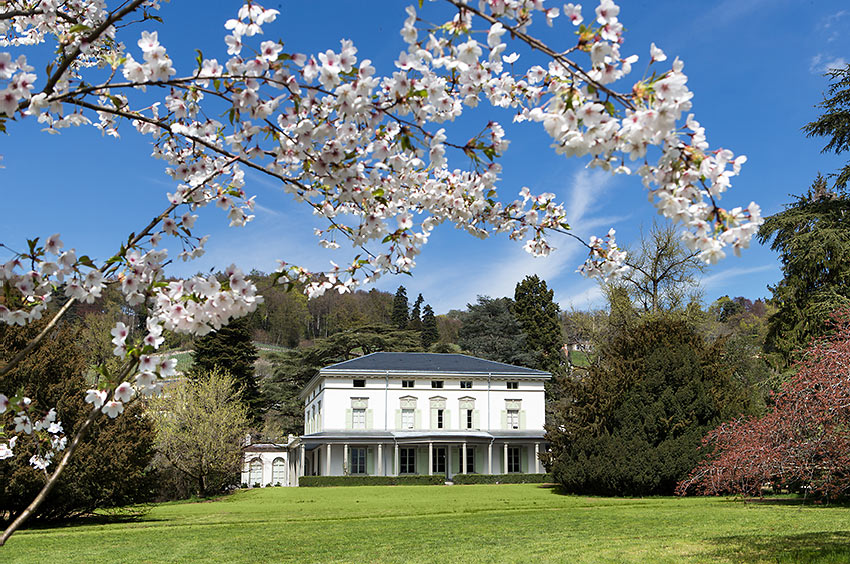
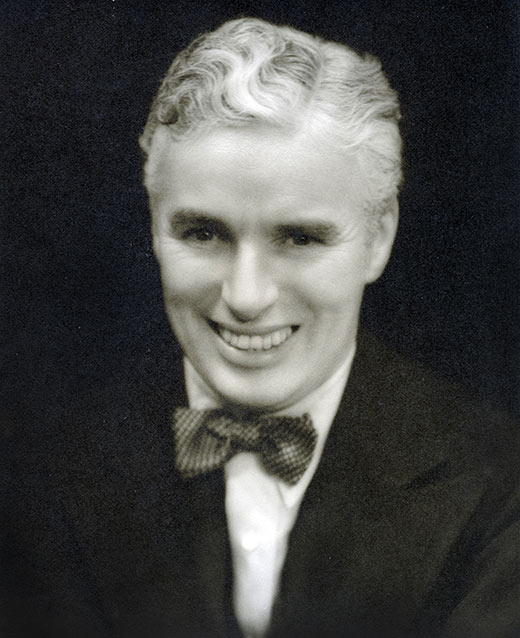
A warm wind blows across Lake Geneva, which I find both soothing and invigorating. Soon I’m amidst the steep terraced vineyards in the UNESCO region of Lavaux, the largest contiguous vineyard area in Switzerland. Terrace after terrace of vines surround me. It has been said that the vineyards in Switzerland’s Lake Geneva region are blessed with three forms of sun: direct sunlight, second-hand sunlight that bounces off Lake Geneva, and the warmth of the sun contained in ancient Roman walls that terrace many of the vineyards. It was the Romans who introduced winegrowing on the shores of Lake Geneva, with Benedictine and Cistercian monks continuing the tradition, dating back to the 11th century. My senses are kicked up a notch higher, with magnificent views of the deep blue lake below and the snowcapped alps in the distance above. Who wouldn’t want to live here? I was in the Lake Geneva Region to explore its seemingly endless wonders. But the centerpiece of my time would be a journey to the neoclassical mansion, Manoir de Ban in Corsier-sur-Vevey, and the final resting place of Sir Charles Chaplin and his wife Oona in a nearby simple grave. In Los Angeles, I once had the pleasure of meeting Chaplin’s middle son, the most gracious Eugene Chaplin. He had informed me that Manoir de Ban had been repurposed as Chaplin’s World by Grévin and expanded as a museum that showcases Chaplin’s work and life as a family man. I was already champing at the bit to see it.
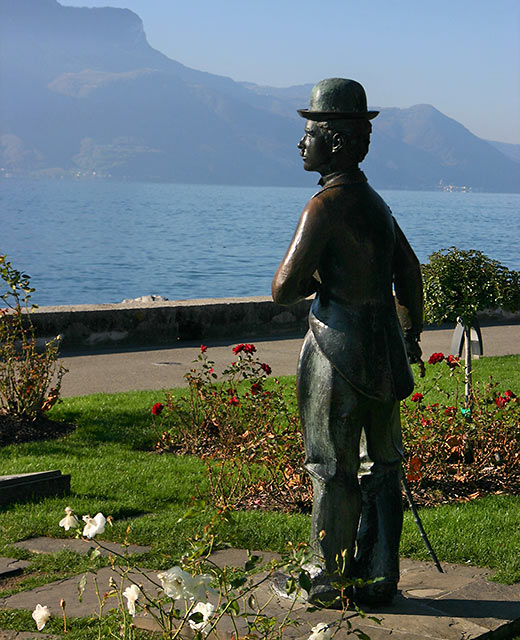
Vevey has long been popular for its sublime tranquility, not to mention its position in a nation which serves as a tax haven for wealthy expats. This is where Chaplin spent the last 25 years of his life, which were his happiest, according to the Chaplin family. I recall a scratchy home move, where Oona, his wife of 36 years and daughter of playwright Eugene O’Neill, pushed the elderly wheelchair-bound Chaplin along Vevey’s lakefront path, stopping to gaze at the bronze statue of the diminutive Little Tramp. Despite their differences in age, you could tell they were still happily in love. Upon my arrival at Vevey I too gazed admiringly at the Little Tramp statue. Chaplin’s work as a film director and actor had an immense effect on the world, including my life as well. Now I would walk in his tracks, breathe the same fresh air and experience the same enchanting beauty as I reflected on his life.
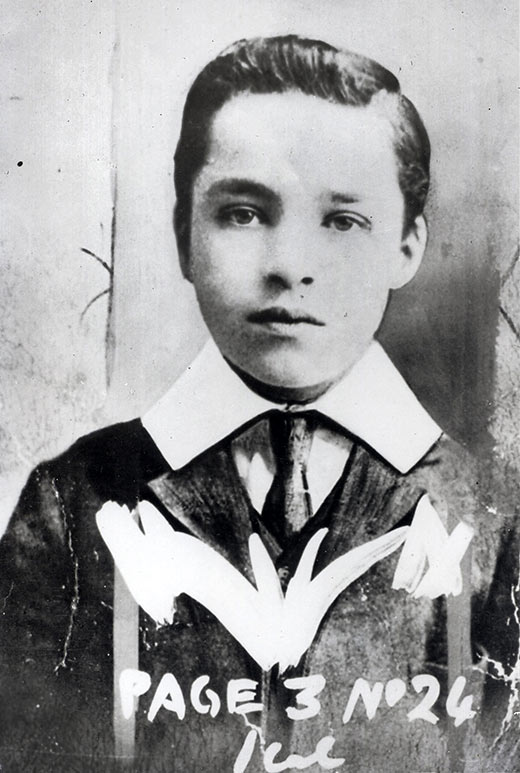
The magical name of Charlie Chaplin is known throughout the far corners of the globe. Just saying “Charlie” or “Charlo” (popular in France and Spain) is bound to elicit a smile. The positive act of smiling is something that Chaplin strove for, and the world really did smile along with the most famous actor in film history, not to mention one of its greatest film directors. Despite a horrific childhood right out of Dickens’ bleakest novels, it was his embrace of life that kept him marching onward, taking the world along with him. His situation, according to his authorized biographer David Robinson, was “the most dramatic of all the rags to riches stories ever told.” Charles Spencer Chaplin was born into immense poverty in the slums of Victorian London. His father (who abandoned the family when Charlie was still an infant) was a successful music hall artist. He died at age 38 as the result of his alcoholism when Charlie was 12 years old. His mother, Hannah, was also a professional musical hall entertainer, whose career was plagued on and off by ill health. She was a loving mother who would perform humorist bits for Charlie and his older half-brother Sydney. Charlie and Sydney’s younger half-brother, Wheeler Dryden, was taken away from Hannah by his father, Leo Dryden, when he was a baby. Hannah instilled confidence in Charlie, frequently telling him he possessed remarkable talent. She was also overtly sensitive with a very fragile grip on life. Her health continued to decline and she found herself making a poor living as a seamstress and was eventually put into a mental hospital. His mother’s tenure in asylums was a frequent occurrence throughout her life, and the children had no choice but to be placed in a series of bleak workhouses and residential schools during her bouts of ill health and psychosis, believed to stem from syphilis and malnutrition. “There was nothing we could do but accept poor mother’s fate,” Chaplin later wrote, and she remained in my care until her death in 1928.” Critics have noted that many of Chaplin’s waif-like leading ladies and wives often bore a strong resemblance to her.
Mother illuminated to me the kindliest light this world has ever known,
which has endowed literature and the theatre with their greatest and richest themes:
love, pity and humanity.
– Charles Chaplin
The seven year old Chaplin would take to the streets, performing ingenious comedic routines. Little Charlie’s talent was wide-spread throughout his neighborhood, eventually leading to stints in the theatre and on the vaudeville circuit, where, despite his young years, he rose through the ranks to become a lead performer. Thanks to Sydney, also working on the stage, he was recruited by the British music hall’s preeminent impresario, Fred Karno.
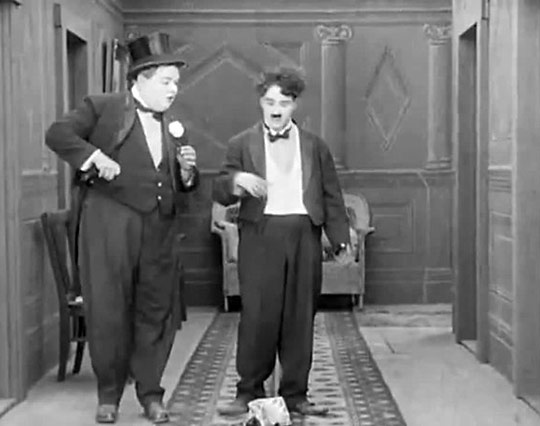
His success with the Karno troupe led to two tours of the U.S. Six months into the second American tour, early movie pioneer Mack Sennett of Keystone Film Company was in the audience. Impressed with Chaplin’s performance, he turned to his business partner sitting beside him, and purportedly said, “If I ever make it in this town I’m gonna hire that guy.” And Sennett’s success was achieved shortly after with the advent of his slapstick Keystone Cops, often spelled “Keystone Kops.” Sennett’s comment became a self fulfilling prophesy, and Chaplin was signed by Keystone Film Company in 1914, with the character The Tramp debuting in Kid Auto Races at Venice.
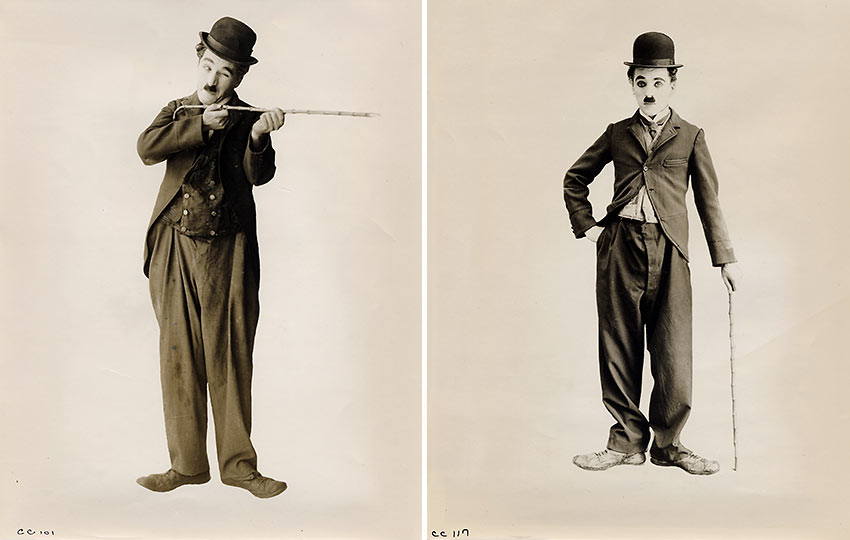
All I need to make a comedy is a park, a policeman and a pretty girl.
– Charles Chaplin
The Genesis of The Little Tramp
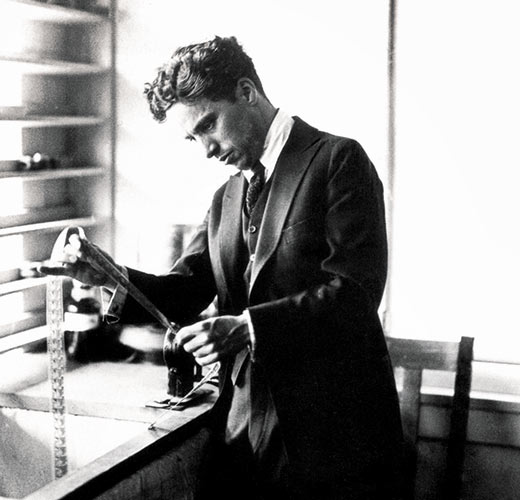
The Little Tramp was a man with the toothbrush mustache, undersized bowler hat, baggy pants, bamboo cane, and a funny walk, who struggled to survive while keeping his dignity in a world with great social injustice. Chaplin created a character with a positive outlook on life, where the human spirit always reigns supreme, despite a cruel and unforgiving social order that still exists in Britain’s class system today. The usual bitter sweet endings in the Little Tramp films are where the character waddles down a dusty road alone; at first dejectedly and then with a familiar spring in his waddled steps. He created comedies with a deep undercurrent of pathos. At the time of Chaplin’s arrival, Hollywood movies portrayed tramps as villains: housebreakers, street muggers and train robbers. It was a remarkable move to present a vagrant as a hero, or even a romantic lead.
A tramp, a gentleman, a poet, a dreamer, a lonely fellow,
always hopeful of romance and adventure.
– Charles Chaplin
According to Chaplin’s much-quoted recollection, he was hanging around the Keystone lot after having finished his first short film for the studio. Mack Sennett complained that the film they were currently shooting was lacking in big laughs, so he ordered Chaplin to go to the wardrobe department and get into comedy make-up, stressing anything will do. He added, then return to the set with some new gags. The image of Little Tramp came to him after only a moment’s thought: “On the way to the wardrobe I thought I would dress in baggy pants, big shoes, a cane and a derby hat. I wanted everything a contradiction.” A toothbrush mustache was added to age his 24-year-old face without masking his expressions, according to Chaplin’s autobiography. “The clothes and the makeup made me feel the person he was. I began to know him, and by the time I walked onto the set he was fully born.” Keystone employees noted that when Chaplin returned back to the set in his Little Tramp costume, he started fooling around, swinging his cane and ad-libbing gags.
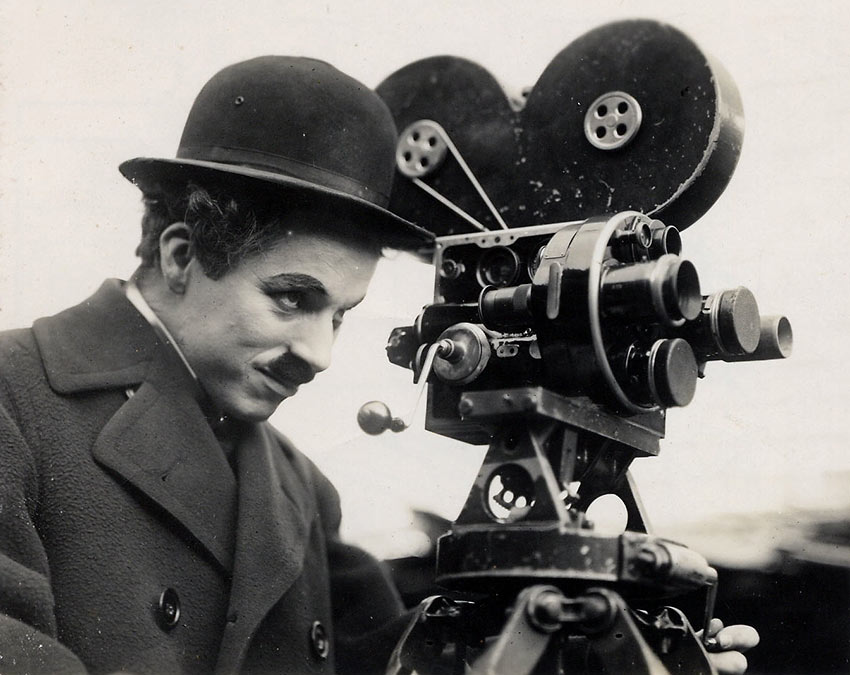
My costume helps me to express my conception of the average man, of almost any man,
of myself. The derby, too small, is a striving for dignity. The mustache is vanity.
The tightly buttoned coat and the stick and his whole manner are a gesture toward
gallantry and dash and ‘front.’ He is chasing folly, and he knows it. He is trying to meet the world
bravely, to put up a bluff, and he knows that, too. He knows it so well that
he can laugh at himself and pity himself a little.
– Charles Chaplin
Truth be told, Chaplin had some help along the way in his inspired costume of contrasts: as he charged into the dressing room he found soon-to-be comedy legend, Roscoe ‘Fatty’ Arbuckle and fellow comedic actor, Chester Conklin, playing pinochle. The extra large baggy pants was borrowed from Arbuckle; the small derby from Arbuckle’s father-in-law; the small cut-away coat from the diminutive Conklin; and the toothbrush mustache made from crepe paper belonging to actor Mack Swain, best remembered for his large supporting role as Big Jim McKay in Chaplin’s third feature film The Gold Rush. To complete the costumes, Chaplin took a pair of size 14 shoes from comedian Ford Sterling of Keystone Cops fame, which were so big on him, he had to wear them on the wrong feet to keep them on. This resulted in the Little Tramp having to waddle when he walked. The only item that actually belonged to Chaplin was the cheap bamboo cane.
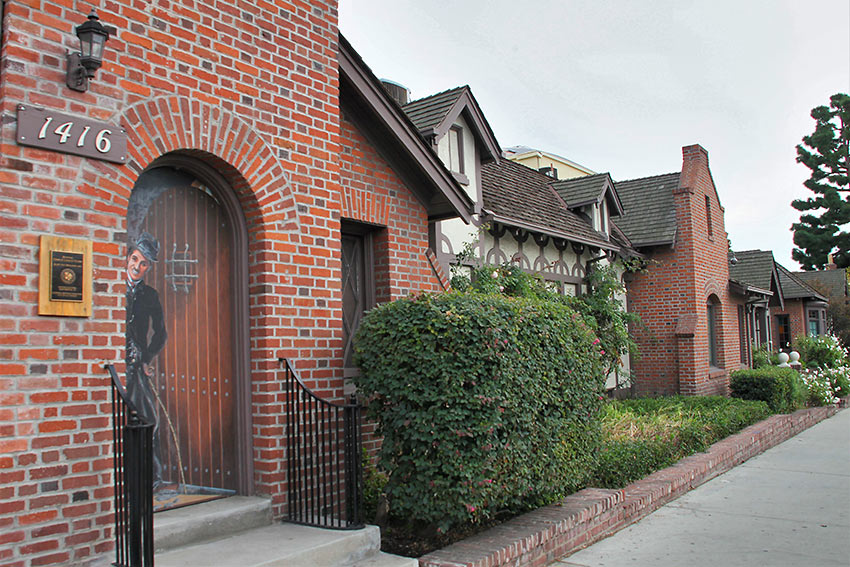
To cinephiles, Chaplin is more than the man who created the iconic Little Tramp, but one of the greatest filmmakers of all-time. Famed film critic, Andrew Sarris places Chaplin in his pantheon of the greatest American film directors in his still ground breaking book, ’The American Cinema: Directors and Directions,’ which changed the course of film criticism. As head of his own studio, Chaplin had an unique approach in translating his ideas into visual form, virtually never shooting from a working script. Often times he would simply sit on the set, surrounding by his cast, waiting for an idea to come. Occasionally the idea would not come, and he would dismiss the cast for the day, still with full payment. This resulted – along with his perfection of never releasing the final cut of his film until 100% satisfied – in long periods of absence on the silver screen. In his autobiography, the only mention of his shooting style was long-shot for comedy, close-up for tragedy, in which he embraced both in his stylistic signature; the essence of the duality of the Little Tramps films.
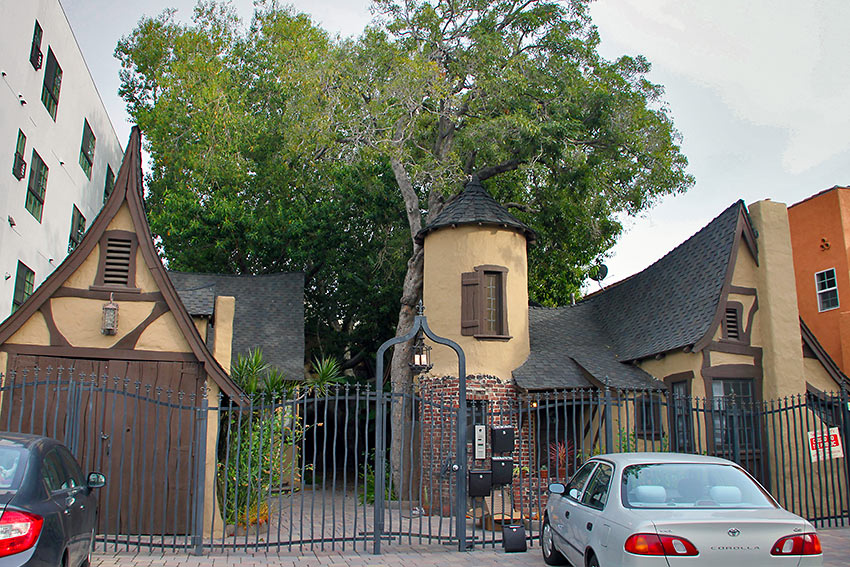
Stay tuned for Part 2 where Ed Boitano addresses Chaplin’s work as a director.
See teaser below:
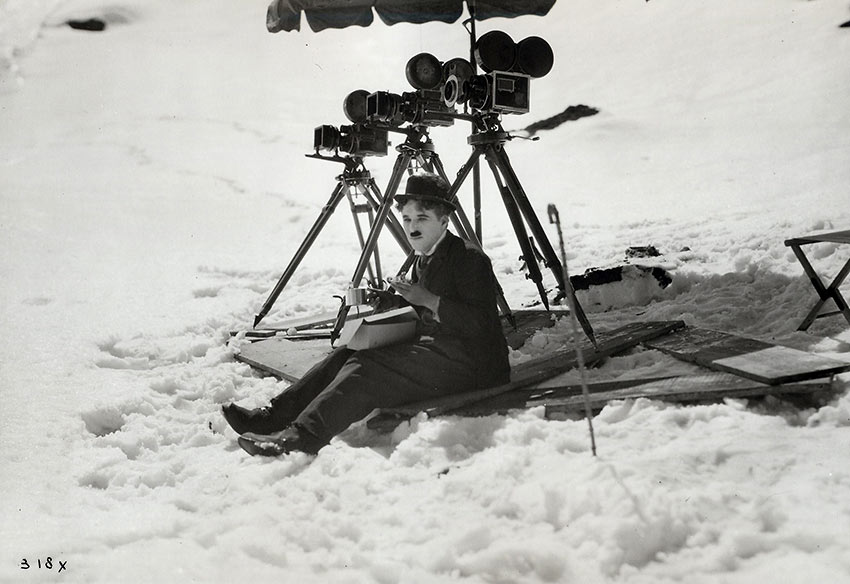
1925 The Gold Rush (Feature): The Little Tramp is a lonely prospector who ventures to the Klondike looking for gold. He gets mixed up with some burly characters and falls in love with the beautiful Georgia Hale, playing a rather hardened, dance-hall girl. He tries to win her heart with his kindness, but with no success. According to David Robinson, the idea came to him when viewing stereoscope pictures of the 1896 Klondike gold rush, and was struck by the image of an endless line of prospectors snaking up the Chilkoot Pass, the gateway to the gold fields. For two weeks the unit worked on location in the snow country of California’s Sierra Nevada, recreating the historic image of the prospectors struggling up the 2300 feet Chilkoot Pass through the mountain snow. Six hundred extras were used, with many vagrants and derelicts of Sacramento. The film was an important box office success after A Woman of Paris had bombed with audiences. In a revised version in 1942 Chaplin composed an orchestral score, and replaced the title cards with a commentary which he spoke himself. Chaplin, who was known to have changes in opinion, felt it was the greatest picture he had ever made. In this clip, The Little Tramp has fallen asleep while waiting for the dance-hall girl and her three friends to arrive for a New Year dinner in his little cabin. The ladies had forgotten about the party and never arrive. The Little Tramp dreams about how the party could have been, and does perhaps his most famous bit: ‘the dance of the rolls,’ with just forks and rolls. Audiences were so thrilled by the scene that often times they demanded theatres to stop the film, roll it back and perform an encore.
Special thanks to Chaplin’s World for their assistance in this article, and to My Switzerland for making my journey to Vevey possible.
For news about upcoming events at Chaplin’s World, visit Chaplin’s World’s PRESS RELEASE
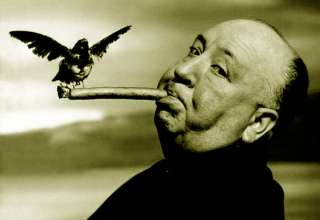
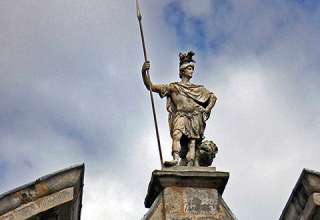
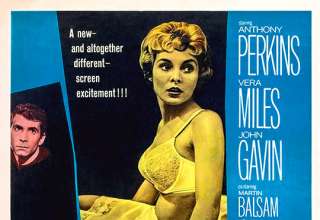



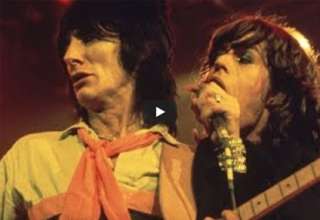
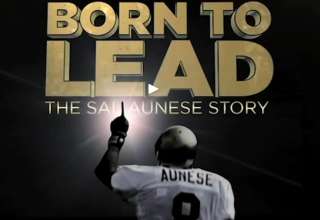
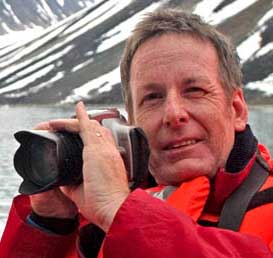
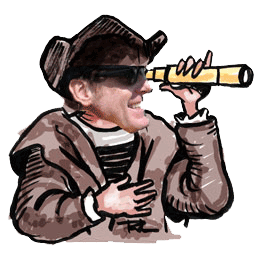
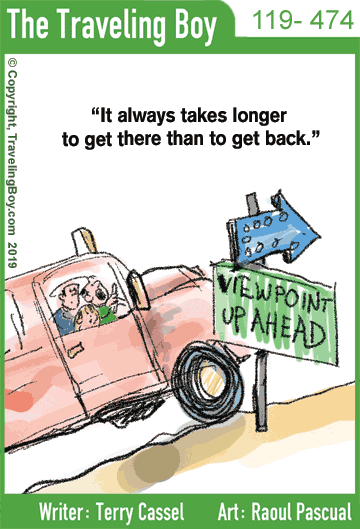














Gary Singh
December 13, 2019 at 9:35 am
I was there last spring. Such a fantastic part of the country. And Graham Greene is buried just down the road from Chaplin!
Steve
December 31, 2021 at 9:03 am
Such a fascinating article. Makes me want to binge watch Charlie. Thank you!